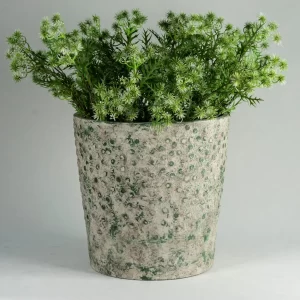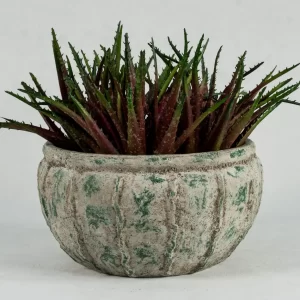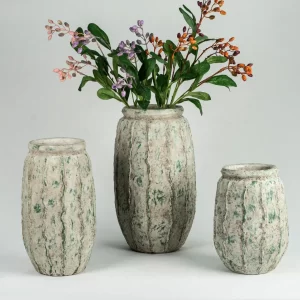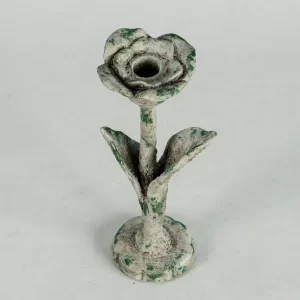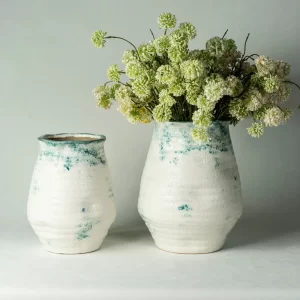Na vida quotidiana, é frequente confundirmos "olaria" e "porcelana" e chamar-lhes "cerâmica". Embora as duas palavras tenham muito em comum, por exemplo, ambas se referem a produtos de barro cozido, de facto, existem diferenças significativas entre a cerâmica e a porcelana em termos de material, temperatura de cozedura e algumas propriedades físicas. Muitas pessoas não prestam muita atenção a estas diferenças. SANTAI, como uma fabricante profissional de cerâmicaHoje vamos analisar as suas diferenças em pormenor.
Diferenças nas temperaturas de cozedura
A diferença mais fundamental entre a cerâmica e a porcelana é a sua temperatura de cozedura. A cerâmica é normalmente cozida a uma temperatura entre 800°C e 1200°C, enquanto a porcelana tem de ser cozida a uma temperatura superior a 1200°C, com uma temperatura de cozedura comum entre 1000°C e 1400°C. Devido às diferentes temperaturas de cozedura, as propriedades físicas da cerâmica e da porcelana são também muito diferentes.
Se a temperatura de cozedura da cerâmica for demasiado elevada, esta pode fundir-se em vidro ou podem aparecer bolhas e perder as suas caraterísticas originais de cerâmica. Por conseguinte, a temperatura de cozedura é crucial para distinguir a cerâmica da porcelana.
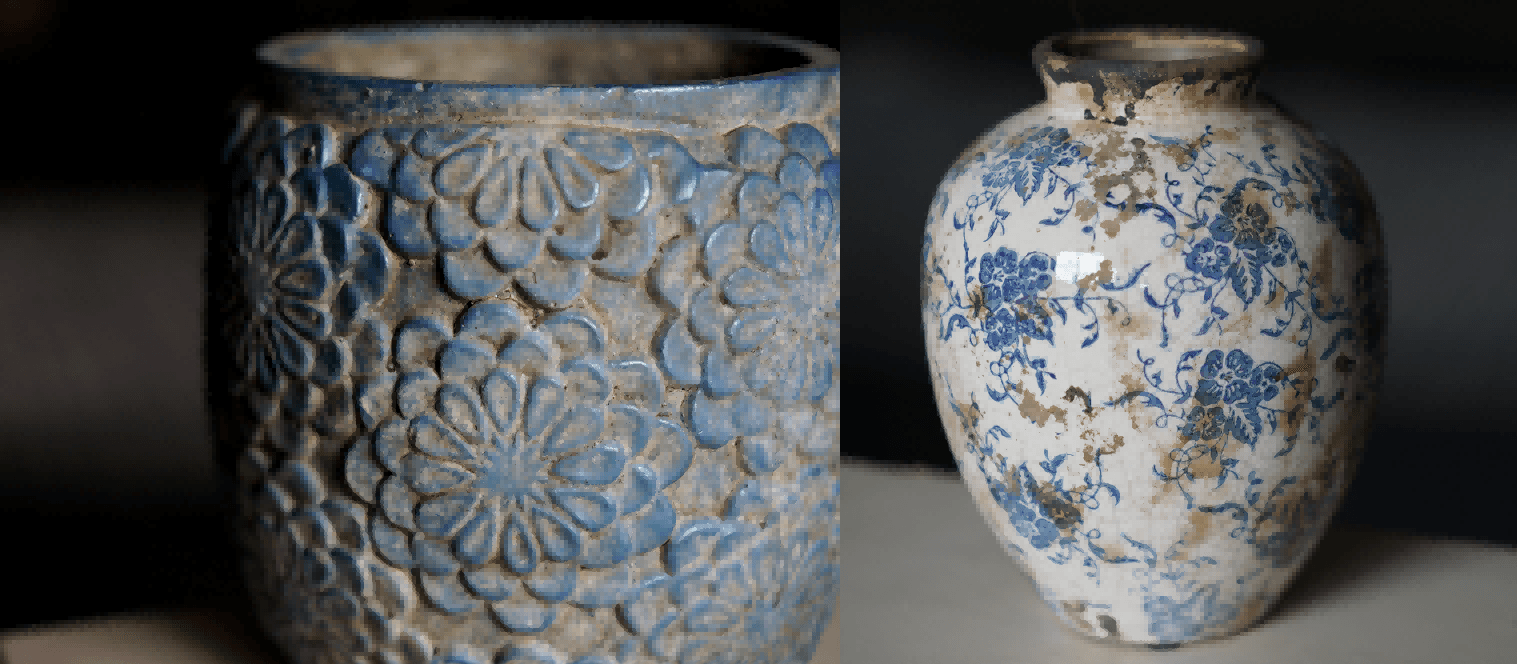
Diferenças nas matérias-primas
A escolha das matérias-primas para a cerâmica e a porcelana também é diferente. A cerâmica pode normalmente utilizar uma variedade de argilas minerais, incluindo argila de porcelana, e a composição destas matérias-primas é complexa e diversificada. As argilas das diferentes regiões também são diferentes, como a argila de Yixing, na China, e a argila de Jianshui, na China. Cada solo tem caraterísticas e cores únicas consoante a sua origem.
A matéria-prima da porcelana é principalmente o caulino, que é composto por minerais argilosos da família da caulinite. Tem uma textura fina e é geralmente branco, pelo que a porcelana tem frequentemente um aspeto branco e liso. O caulino é resistente a temperaturas elevadas, o que permite à porcelana suportar temperaturas de cozedura superiores a 1200°C.
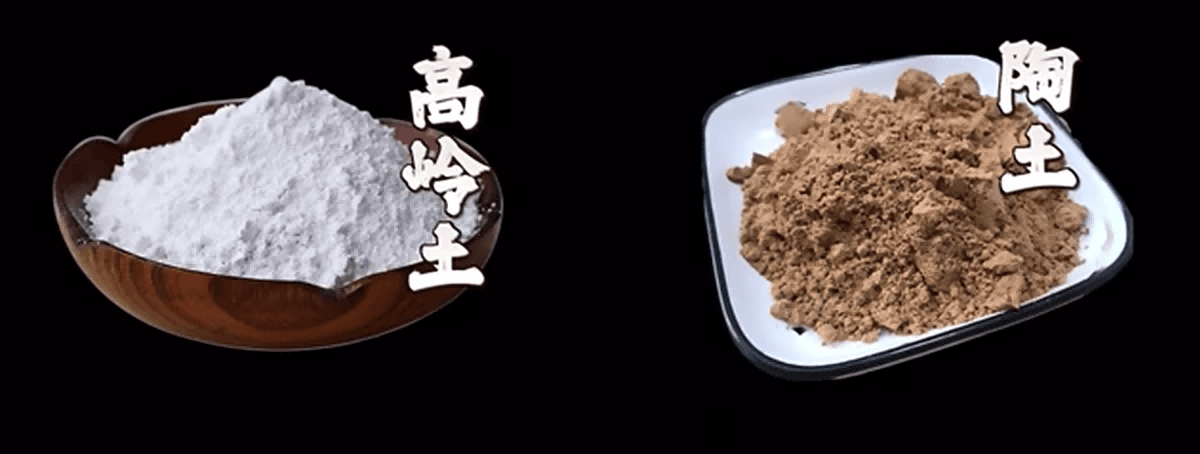
Caraterísticas facilmente reconhecíveis
Devido às diferenças nas temperaturas de cozedura e nas matérias-primas, a faiança e a porcelana também diferem em algumas caraterísticas significativas. Eis três diferenças comuns que nos podem ajudar a distinguir facilmente a faiança da porcelana no nosso quotidiano:
Diferença de dureza
A temperatura de cozedura da cerâmica é baixa e o corpo não está completamente sinterizado, pelo que a dureza é relativamente baixa. Passar suavemente uma faca pela superfície da cerâmica deixa normalmente um risco. A porcelana tem uma dureza mais elevada e uma superfície dura, e geralmente não é facilmente riscada. A porcelana emite um som nítido quando é batida, enquanto a cerâmica emite um som mais baço.
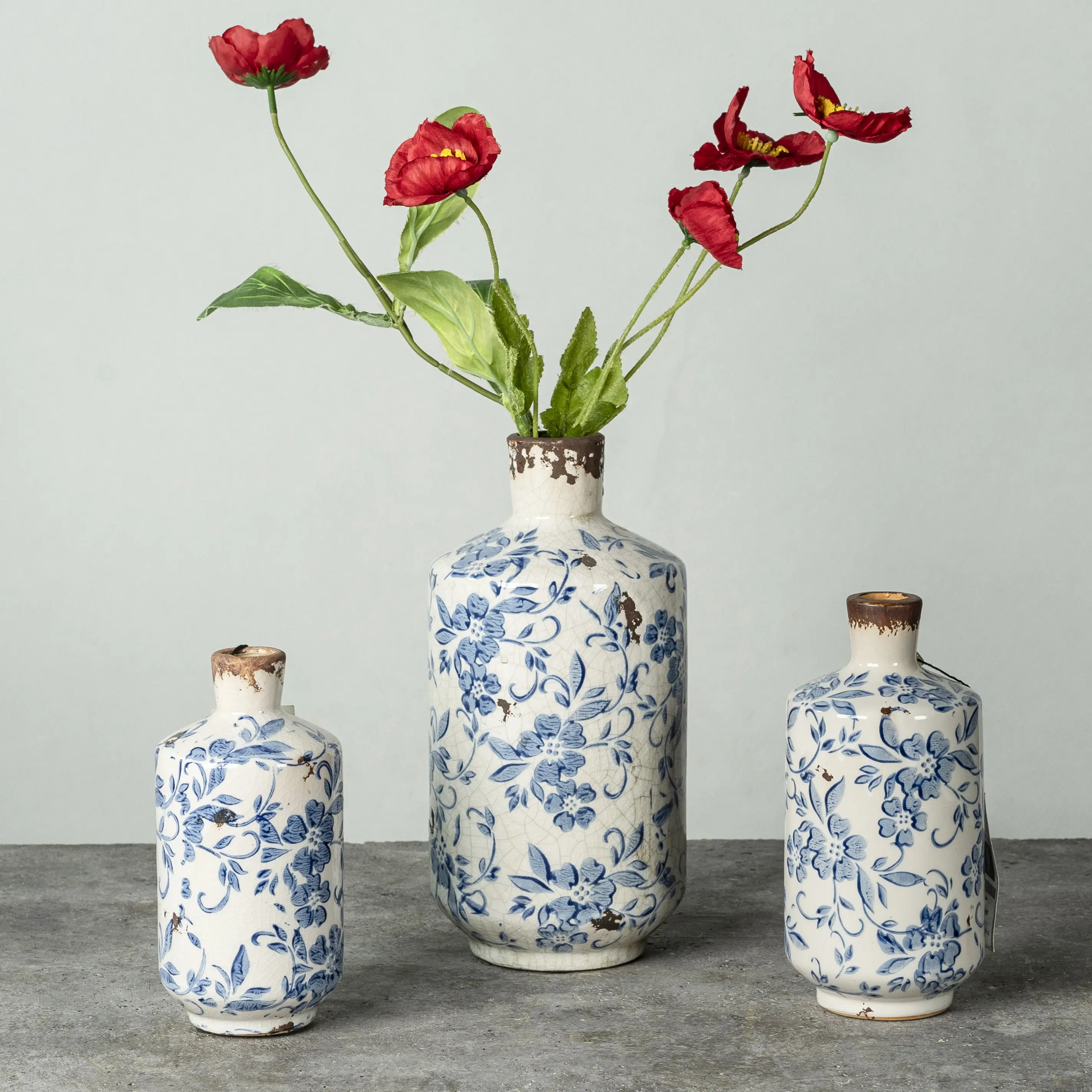
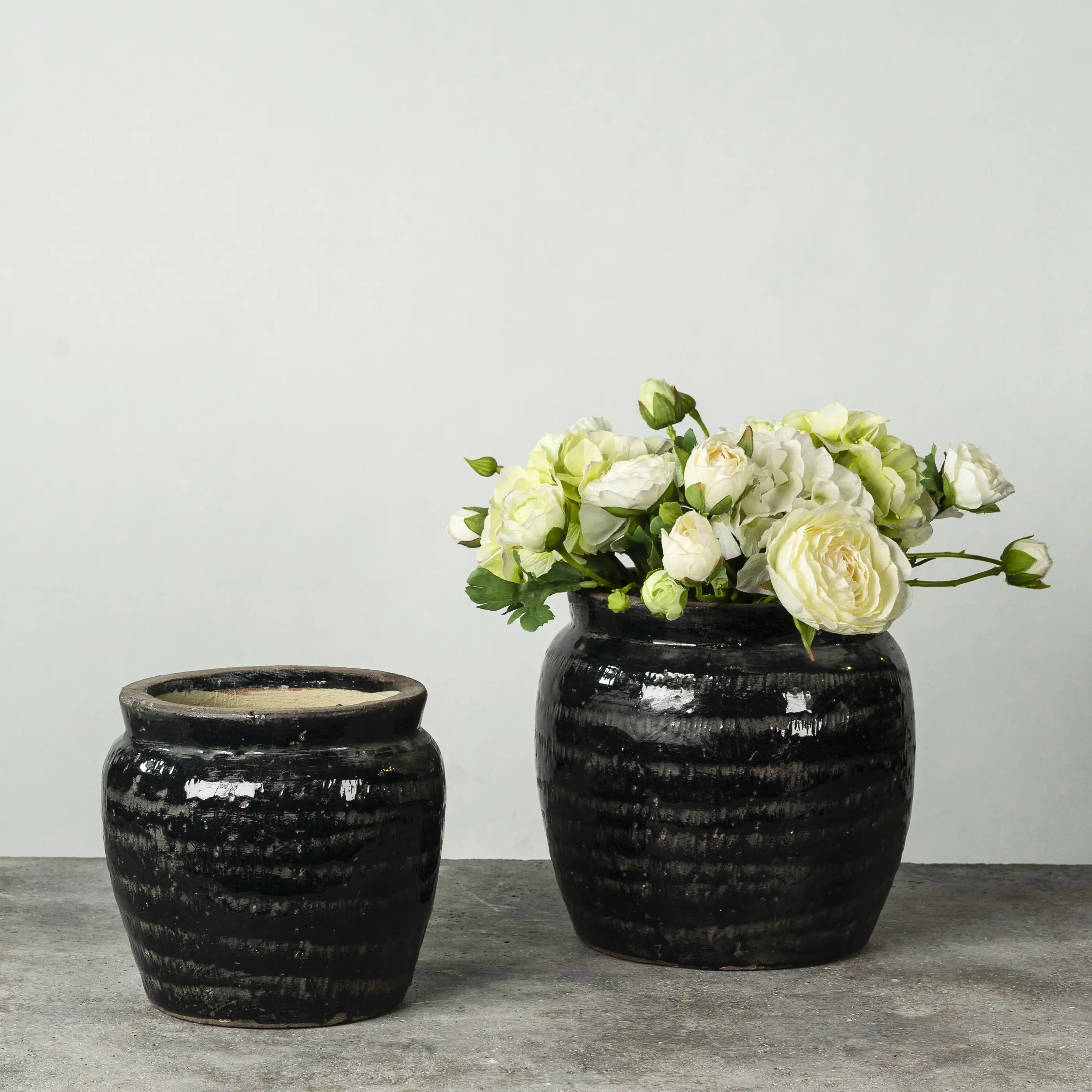
Diferença de transparência
A cerâmica é geralmente opaca. Mesmo que seja cozida até atingir uma espessura semelhante à da porcelana, continua a ser opaca devido à particularidade das suas matérias-primas. Pelo contrário, a porcelana tem geralmente um certo grau de transmissão da luz, especialmente a porcelana fina, e pode mesmo ver-se a luz a atravessar a sua superfície.
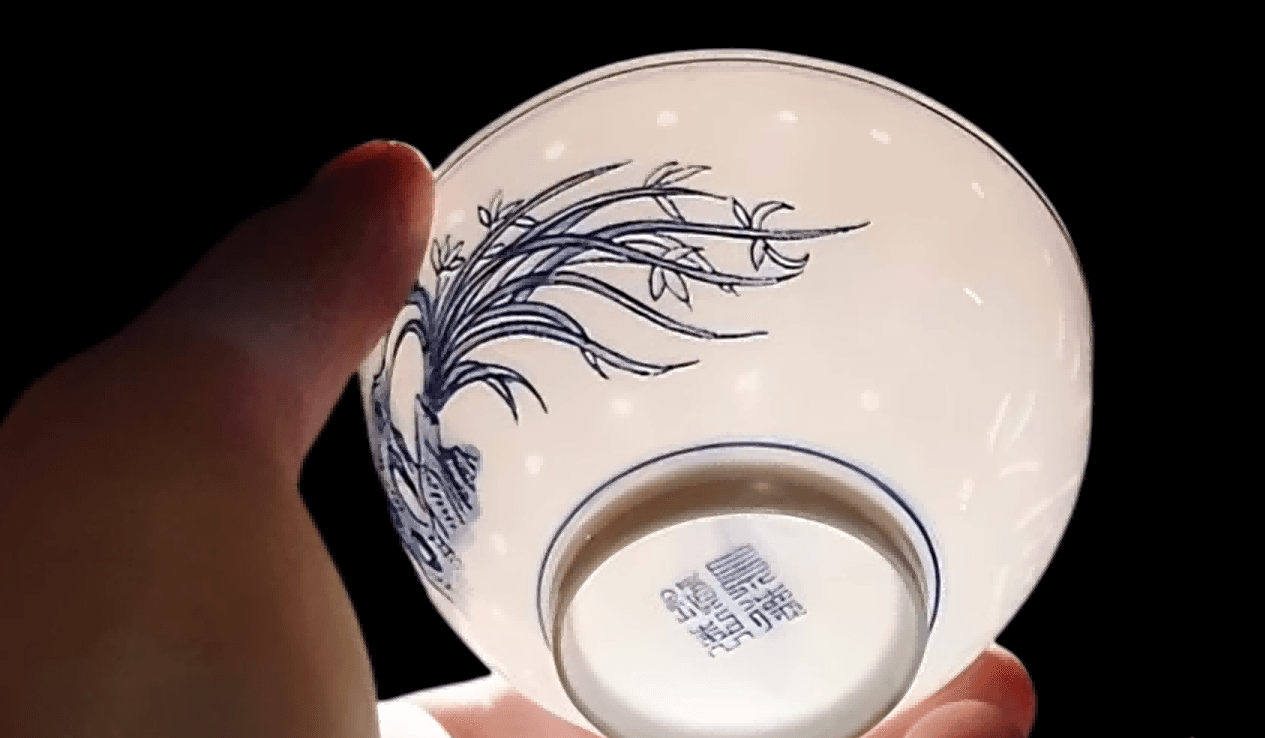
Diferenças na absorção de água
A cerâmica tem uma forte absorção de água, normalmente com uma taxa de absorção de água superior a 3%. Se partir um objeto de cerâmica, verificará que a secção transversal partida está cheia de orifícios, o que lhe confere uma estrutura porosa. A absorção de água da porcelana é extremamente baixa, e a taxa de absorção de água é normalmente inferior a 3%. Mesmo que a porcelana esteja partida, a secção transversal será relativamente densa, quase sem orifícios.
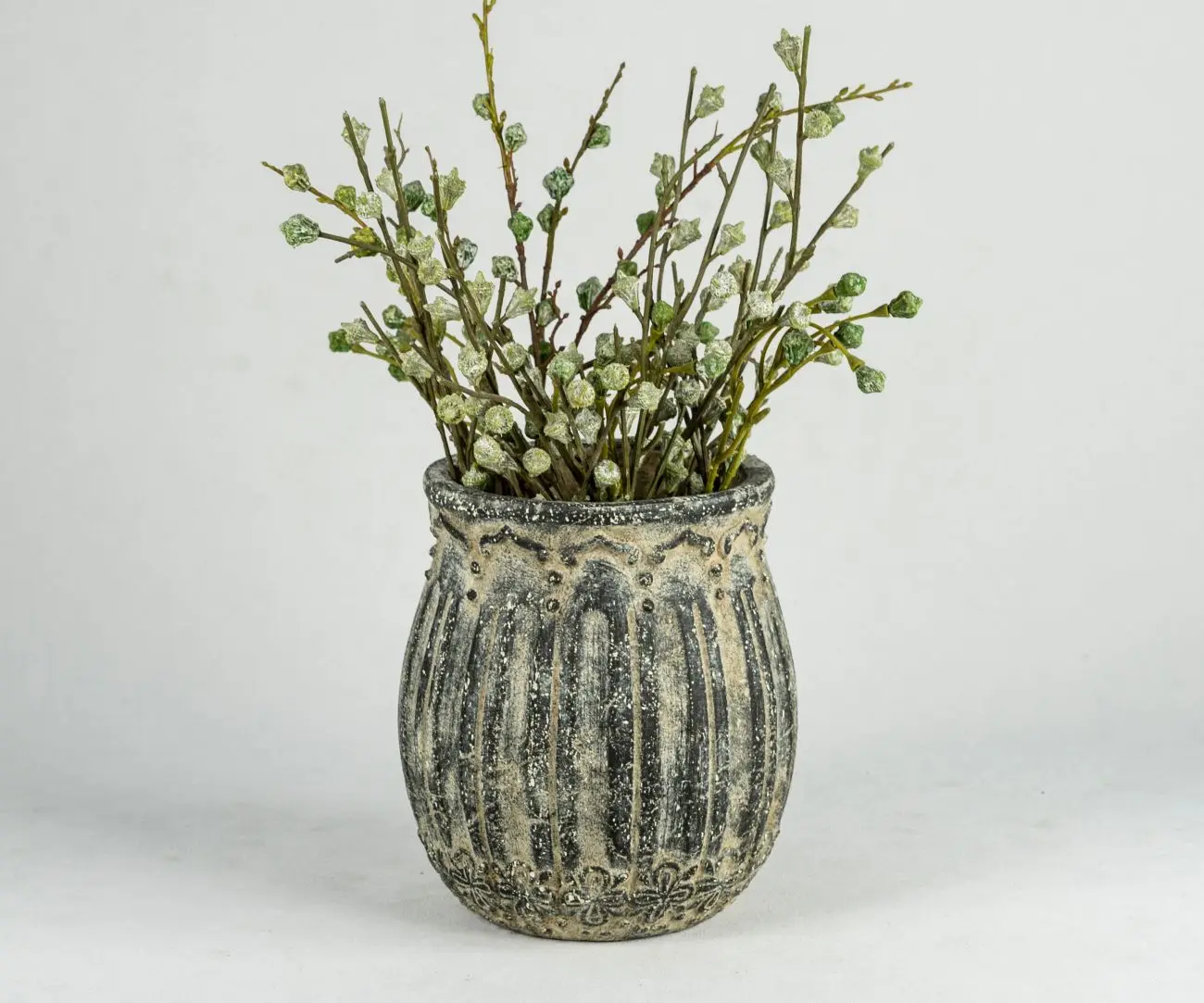
Conclusão
Através dos métodos de identificação simples acima referidos, podemos distinguir facilmente a cerâmica e a porcelana. Embora sejam frequentemente designadas coletivamente por "cerâmica" na vida quotidiana, na realidade diferem significativamente em termos de material, temperatura de cozedura e propriedades físicas. Quer estejamos a escolher artigos para o lar ou a apreciar arte cerâmica, compreender estas diferenças pode ajudar-nos a identificar os diferentes tipos de produtos cerâmicos de forma mais profissional. Espero que este artigo o ajude a compreender melhor a diferença entre cerâmica e porcelana.

